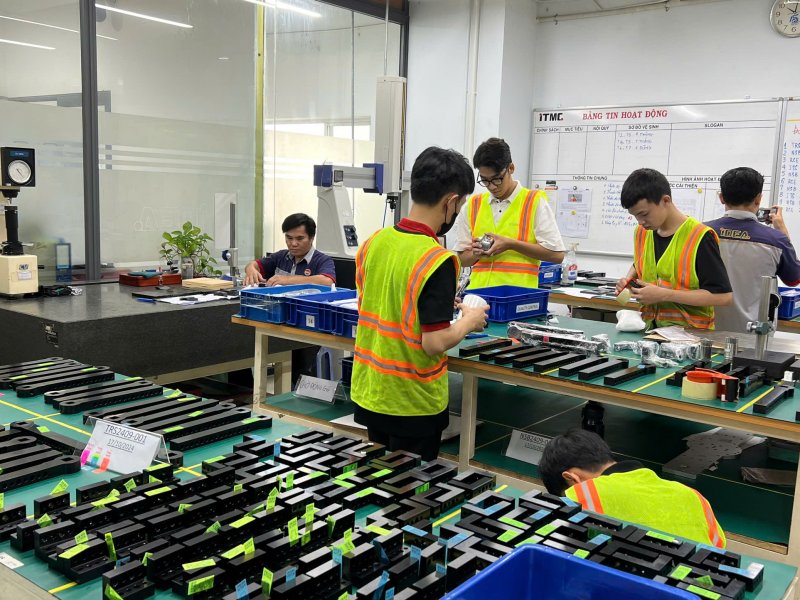As the era of Industry 4.0 continues to evolve, the integration of industrial sensors, automation, smart control has become essential for enhancing operational efficiency, precision, and safety in modern manufacturing environments. Businesses are leveraging the data-driven capabilities of smart control systems to monitor performance, reduce downtime, and streamline complex processes, all while maintaining consistency and high product quality.

The Role of Industrial Sensors in Automation
Industrial sensors are the technological backbone of automated systems. These devices capture real-time data from machines, environments, and processes, enabling connected equipment to make dynamic decisions with minimal human input. From detecting temperature and pressure to proximity and motion, sensors ensure that every aspect of the automation process is closely monitored and optimized.
Types of Sensors Commonly Used in Industrial Automation
- Proximity Sensors: Ideal for detecting the presence or absence of an object within a range.
- Temperature Sensors: Monitor environmental or equipment heat levels to prevent overheating or ensure process stability.
- Pressure Sensors: Critical for processes involving compressed gases or fluids.
- Photoelectric Sensors: Detect object presence via light and are used for counting or alignment.
- Position Sensors: Monitor linear or rotary motion in actuators and motors.
Benefits of Smart Control in Industrial Automation
Smart control systems translate sensor data into actionable responses, adapting workflows in real time. This integration of industrial sensors, automation, smart control offers several notable advantages:
- Increased Productivity: Automated systems require fewer manual checks and ensure faster cycle times.
- Predictive Maintenance: Sensors track machine performance and notify operators before failures occur.
- Enhanced Product Quality: Consistent monitoring leads to better accuracy and repeatability in production tasks.
- Energy Efficiency: Smart controls regulate machine usage, avoiding unnecessary energy consumption.
Real-World Implementation in Manufacturing Systems
Industries across automotive, electronics, and food processing sectors are rapidly embracing sensor-based automation. For example, companies like IDEA Group have incorporated smart control modules to support highly customized production lines, enabling rapid changeovers and fault-free operations even in high-volume settings.
Another case is outlined by Che tao may IDEA, where sensor-integrated CNC machines autonomously adjust tool paths based on real-time feedback — minimizing errors and maximizing precision.
How to Successfully Integrate Sensors in Automated Systems
While the benefits are clear, successful integration requires a strategic approach. Key considerations include:
- Defining Clear Objectives: Understand what data you need and how it will be used by your automation platform.
- Choosing the Right Sensors: Select based on your specific process requirements and environmental conditions.
- Ensuring Compatibility: Confirm integration with existing PLCs, HMIs, and smart control systems.
- Data Communication Protocols: Use standardized interfaces like EtherCAT, IO-Link, or Modbus for smooth data exchange.
- Maintenance Strategy: Implement a routine calibration and inspection plan to maintain sensor accuracy over time.
Partnering With a Trusted Automation Expert
To unlock the full potential of industrial sensors, automation, smart control, industrial firms are advised to work with experienced machine design specialists. At IDEA Technology, our team provides end-to-end support — from consultation and system design to commissioning and ongoing maintenance. Our solutions align with international standards and are tailored to meet the specific needs of Vietnamese manufacturers.
Ready to optimize your production with state-of-the-art industrial automation? Contact IDEA today to explore how our intelligent sensor integration and smart control solutions can elevate your manufacturing capabilities.



Leave a Reply